John Belushi, a comedic force celebrated for his roles in Saturday Night Live and Animal House, arrived at Chateau Marmont on February 28, 1982, a shadow of his former self. At just 33, he was physically and emotionally depleted, seeking refuge in his preferred Bungalow 3. Lorne Michaels, SNL‘s producer, had introduced Belushi to the Chateau, a place Michaels himself frequented, moving between suites based on his fluctuating career fortunes. For Belushi, this stay was meant to be productive; he aimed to finalize the script for Noble Rot, a wine country romantic comedy.
Earlier that winter, Belushi had already spent over a month at the hotel, initially in Suite 69, then briefly in Penthouse 54 after noise complaints. He finally settled into Bungalow 3, bringing scripts, research, and a new stereo, determined to write his next hit movie.
While Belushi intended to work, his deteriorating condition was evident. Meetings with writers and Paramount executives yielded little progress. Bernie Brillstein, his manager, and studio heads like Michael Eisner grew increasingly concerned. Eisner even proposed a Joy of Sex spoof, but Belushi’s focus was scattered. He was constantly distracted by phone calls, often late or absent from appointments, and his bungalow descended into disarray. Filmmaker Al Reinert described Belushi in the hotel garage as disoriented, “muttering incomprehensible curses, his pupils as black and dilated as wide-open camera lenses.”
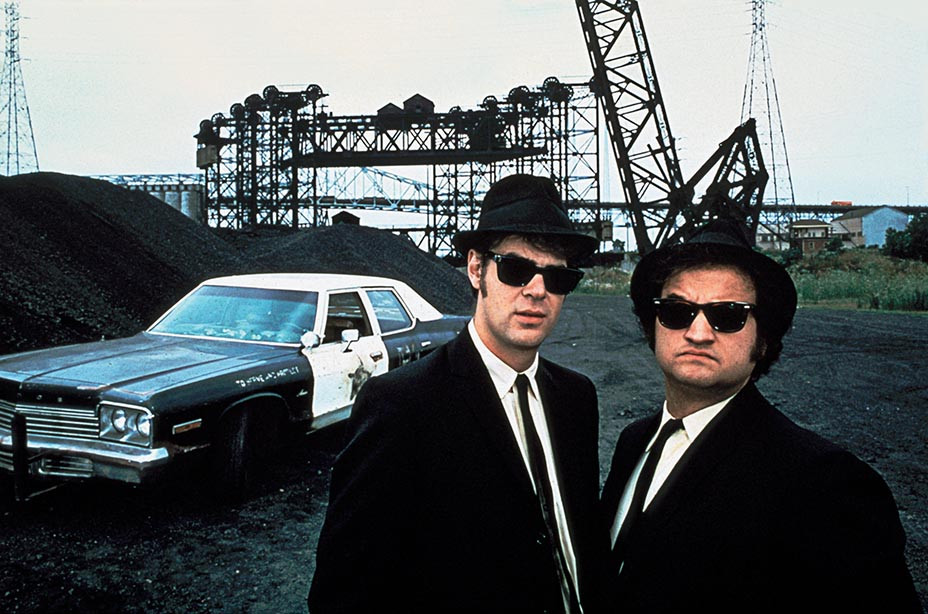 John Belushi in The Blues Brothers
John Belushi in The Blues Brothers
Drug use was widely suspected and accurate. Belushi’s appetite for excess was legendary, extending to food, alcohol, and drugs. While his hedonism fueled his comedy, this period was no act. He was heavily using cocaine, marijuana, and had begun experimenting with heroin, claiming it was “research” for a punk rock film. In early 1980s Hollywood, such behavior was often overlooked as long as stars generated revenue. However, Belushi’s recent films, Continental Divide, Neighbors, and even Spielberg’s 1941, were box office disappointments. The Blues Brothers, while a cult classic, hadn’t recouped its budget. His last major success, Animal House, was years prior. His career was faltering, and his self-destructive choices accelerated the decline. A studio executive’s wife, after a meeting with Belushi, chillingly compared him to Sunset Boulevard‘s forgotten star, a stark foreshadowing of his fate.
Those closest to Belushi, including his wife Judy and Dan Aykroyd, desperately tried to intervene. Aykroyd believed he could help Belushi get sober back in New York. They had a strong creative partnership, even envisioning Ghostbusters. However, reaching Belushi became increasingly difficult. He moved erratically between nightclubs, homes, and drug dens, often unreachable or surrounded by enablers. He was spiraling out of control.
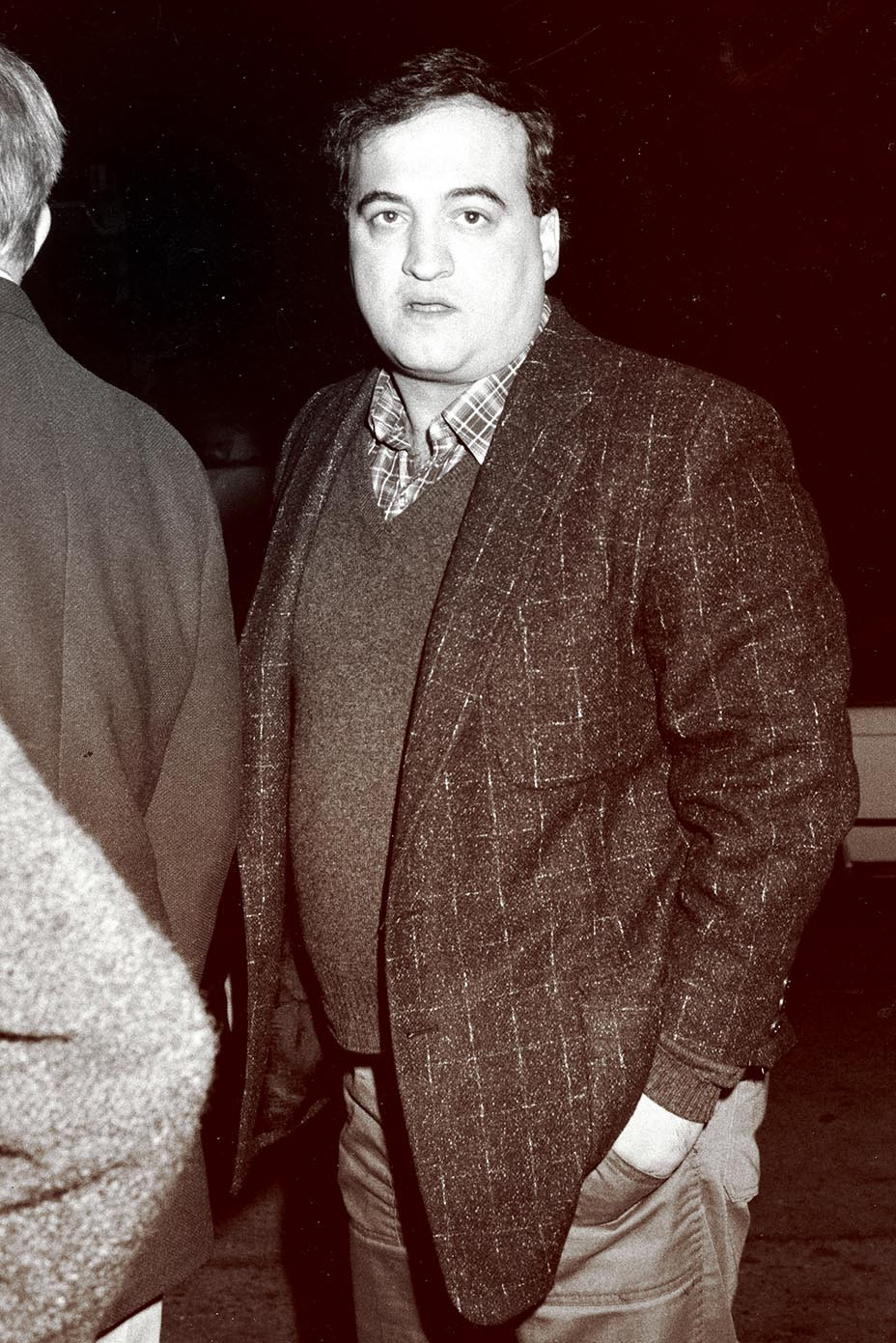 John Belushi and Danny DeVito at Rhea Perlman's Wedding Reception
John Belushi and Danny DeVito at Rhea Perlman's Wedding Reception
Robert De Niro, staying in a Chateau Marmont penthouse, also frequented Belushi’s bungalow. They were acquainted from New York’s downtown scene, and De Niro had witnessed Belushi’s intense lifestyle firsthand. Despite his own cocaine use at the time, De Niro spent time with Belushi, partying and socializing. One afternoon, De Niro even brought his children to a party where Belushi’s drug use was so extreme he had to vomit. On March 4th, De Niro and Harry Dean Stanton tried to persuade Belushi to join them out, but found him in a trashed bungalow with Cathy Smith, a woman De Niro found unsettling. De Niro briefly visited again after clubbing, taking cocaine from Belushi’s table before returning to his suite around 3 a.m.
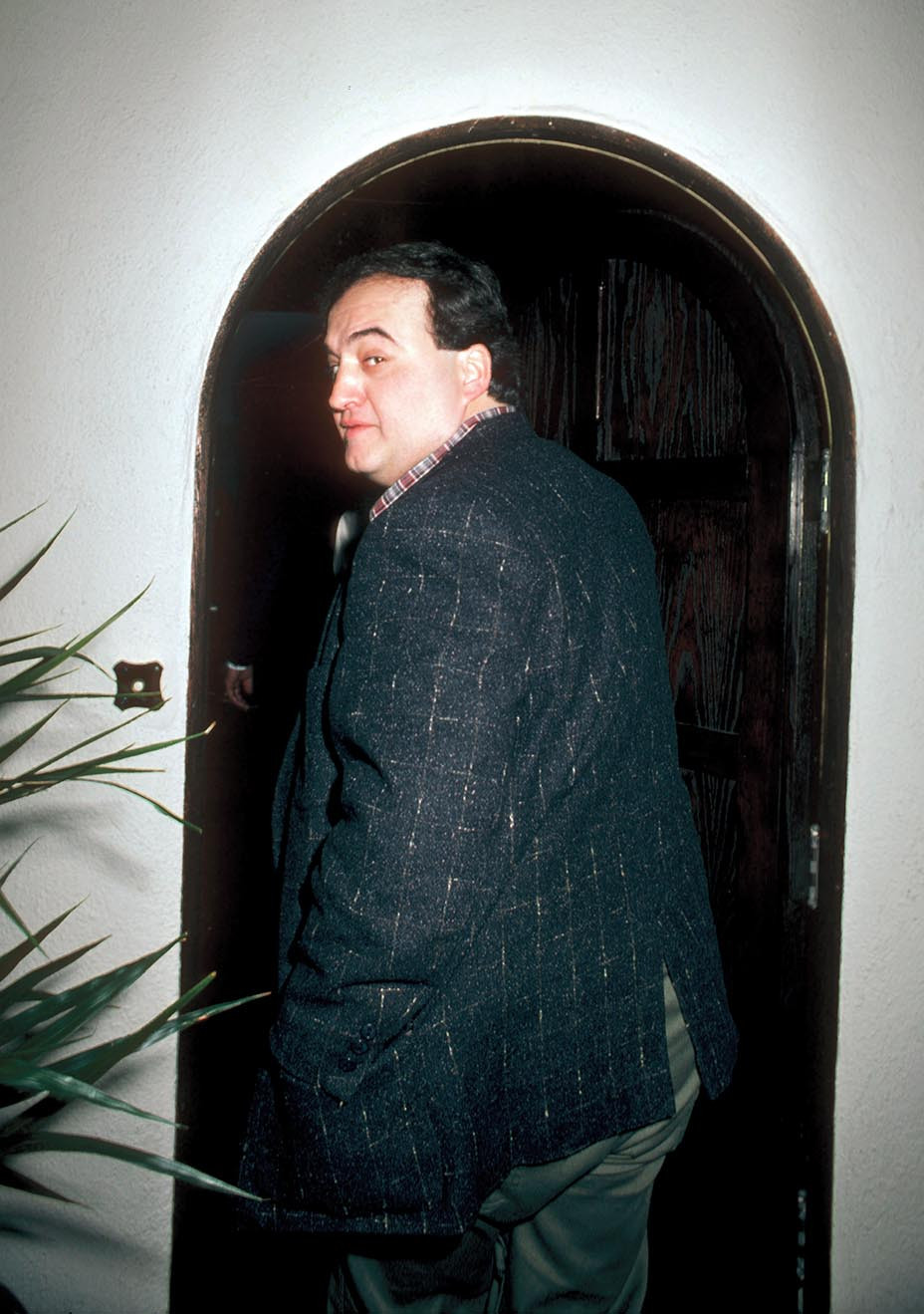 John Belushi during Danny DeVito and Rhea Perlman's Wedding Reception
John Belushi during Danny DeVito and Rhea Perlman's Wedding Reception
The morning of March 5th began with a room service delivery to Belushi’s bungalow, signed for by Cathy Smith. She ate breakfast, cleaned up drug paraphernalia, checked on Belushi snoring in bed, and left. Later, music producer Derek Power mistakenly knocked on Belushi’s door, searching for Miles Copeland.
Around noon, Bill Wallace, Belushi’s personal trainer and bodyguard, arrived with a typewriter. Twenty minutes later, Belushi’s assistant, Joel Briskin, arrived in a suit, rushing. Soon after, paramedics and police arrived, followed by media. A sunbather learned from a hotel employee of a “slight disturbance.”
The reality was far graver. Wallace had found Belushi unresponsive and attempted CPR, but it was too late. Instead of calling the police immediately, Wallace contacted Brillstein. Briskin arrived to find Wallace distraught, declaring Belushi dead. Paramedics confirmed his death, noting needle marks and suspecting overdose.
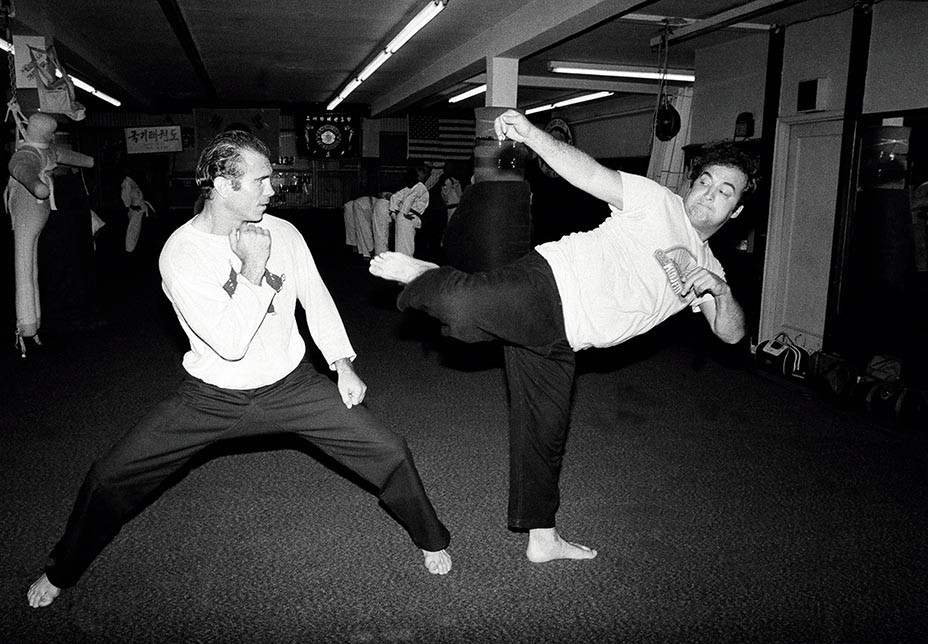 Actor Comedian John Belushi Works Out with Bill Wallace
Actor Comedian John Belushi Works Out with Bill Wallace
Brillstein, anticipating Belushi being taken to Cedars-Sinai, prepared for a major star’s arrival needing discretion. However, the devastating news arrived: John Belushi Died at Chateau Marmont. Brillstein informed Aykroyd, instructing him to tell Judy Belushi before the media broke the story.
Hotel management, led by Suzanne Jierjian and Ray Sarlot, grappled with the unprecedented situation. Sarlot focused on controlling the media frenzy to protect other guests and the hotel’s reputation. De Niro, unable to reach Belushi, called the front desk, eventually learning the tragic news from Jierjian. He was devastated.
 Police outside Chateau Marmont after John Belushi's Death
Police outside Chateau Marmont after John Belushi's Death
Media presence grew, with some reporters breaching security. One gardener falsely claimed Belushi died of a heart attack, tidily in bed. Sarlot and his staff managed to contain the situation, famously keeping Tony Randall, Belushi’s neighbor, unaware until the coroner’s van arrived.
Belushi’s body was removed on a gurney amidst a throng of media. Jierjian’s handling of the press impressed even the police. Brillstein later retrieved Belushi’s belongings from the bungalow, finding it in a state of squalor. The hotel thoroughly cleaned and remodeled Bungalow 3 to avoid it becoming a morbid landmark.
However, Chateau Marmont’s association with John Belushi’s death became indelible. “Ghoul tours” highlighted the hotel as the site of his overdose. Jean-Michel Basquiat even requested to stay in Bungalow 3 shortly after Belushi’s death.
Bob Woodward’s 1984 book, Wired: The Short Life and Fast Times of John Belushi, further cemented this connection. Despite becoming a bestseller, it was criticized for its sensationalism and perceived lack of understanding of Belushi and Hollywood. Even Chateau Marmont owners objected to the book’s description of Bungalow 3 as “seedy,” launching a defamation lawsuit that was eventually settled.
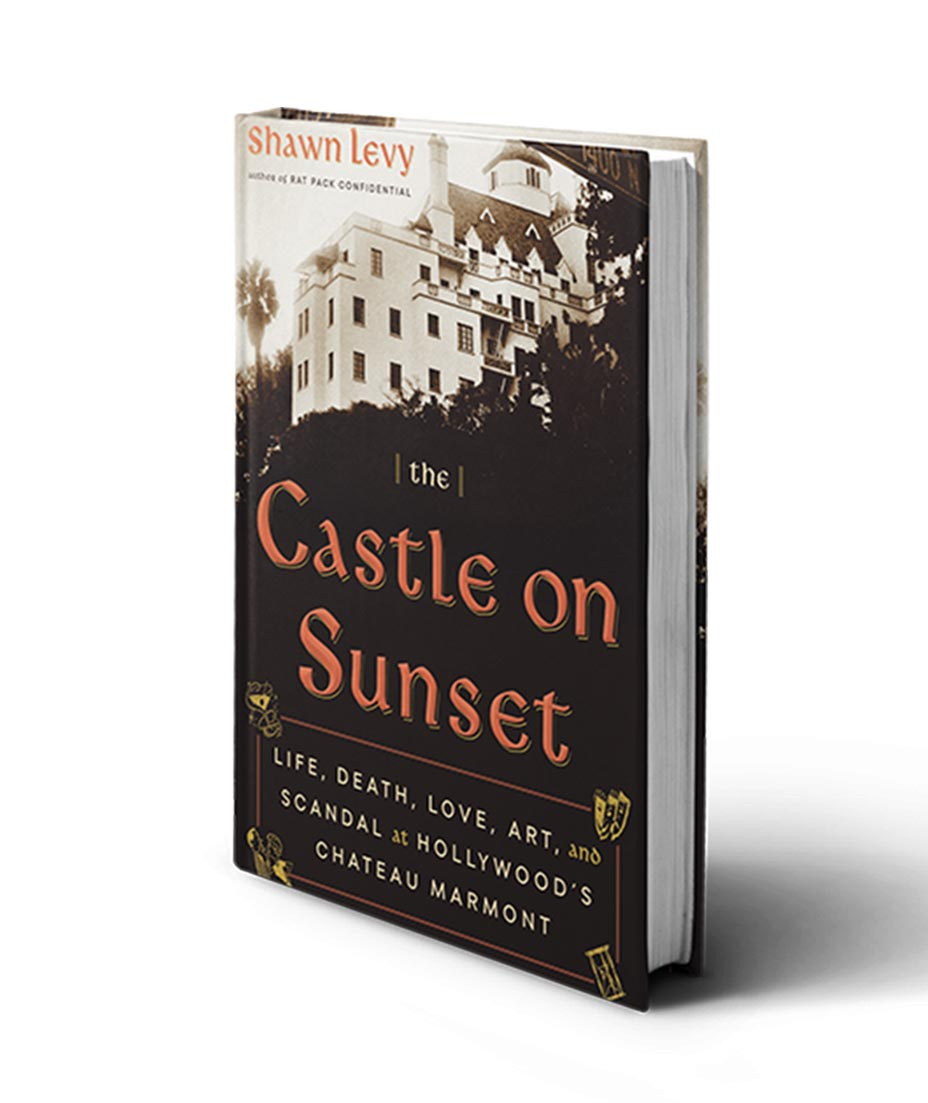 The Castle on Sunset Book Cover
The Castle on Sunset Book Cover
A poorly received film adaptation of Wired in 1989 did little to change public perception. Decades later, John Belushi’s death remains synonymous with Chateau Marmont. As novelist Jay McInerney discovered upon his first Hollywood trip, the hotel’s fame was inextricably linked to the tragic event: “Is it good? John Belushi died there!”

